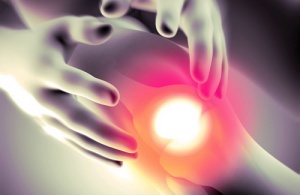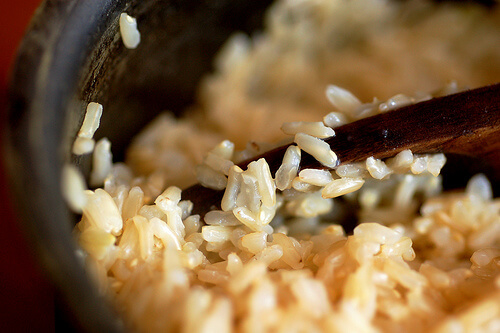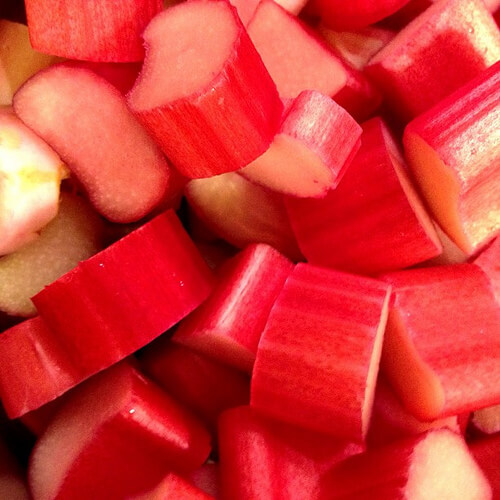Muscle Cramps: Learn How to Prevent them

Muscle cramps are spasms that occur when the muscle involuntarily contracts. They are most common at night, or after exercise, and can be very painful.
In this article, we will talk about foods, nutrients, and supplements that can help prevent muscle cramps, and consequently, improve muscle health.
Magnesium
Whenever we talk about muscle cramps, we also think of magnesium. This mineral is unfortunately, not very present in our diets due to bad habits, and also the poor quality of produce harvested today.
Magnesium can be taken as a supplement, as chloride or citrate. These foods also contain magnesium:
- Leafy greens
- Cacao
- Dried fruits
- Peas
- Avocado
- Whole-grain rice
- Bananas
Discover more: Magnesium, a Complete Mineral
Potassium
Potassium is another mineral that our muscles need to avoid cramps. This mineral is balanced with sodium, and because our diets are heavy in sodium, our dishes often times are imbalanced with potassium as well.
Which foods are rich in potassium?
- Tomato
- Bananas
- Wheat germ
- Dried fruits
- Potatoes
- Rhubarb
- Melons
A good way to make sure that every day we get enough magnesium, calcium, and other minerals, is to eat a salad with leafy greens, dried fruit, sunflower seeds, and sprouts.
You can also use crushed garlic to season your dishes.
Discover more: Foods that Provide The Most Potassium
Natural supplements for muscle cramps
Viburnum tincture: this tincture from the viburnum bush is a vegetable option for fighting muscle cramps. Drink 1 tsp. in water, up to 3 times a day.
Rusco: Rusco is a plant that helps improve circulation, therefore contributing to muscle cramp prevention. Take 7 to 11 mg of Rusco extract a day.
Rosemary: Our diet’s cannot be without a potent circulatory like rosemary.
Cold baths for the legs
Hydrotherapy, or therapy with different temperatures of water, can be very useful for improving circulation. In this case use cold water, performing the following underneath the water flow:
1. Rub water up the outside edge of the right leg.
2. Lower water from the interior part of the right leg.
3. Rub water up the outside edge of the left leg.
4. When you reach your knee, take a moment to switch back to your right knee, and then return to the left knee, to continue downwards.
5. Do the following pattern with the back sides of the legs. You do not need to switch knees.
6. When drying your legs, use a rough towel, and rub the skin a bit, from bottom to top.
Exercises, stretches, and massages for muscle cramps
Just as important as our diet, is exercising daily, but not too aggressively. Walking, swimming, or bicycling, while stretching muscles after exercise, is a great routine.
Lastly, you can also give yourself massages where you frequently get muscle cramps. If possible, see a physical therapist or and osteopath, but you could also do this yourself if the area allows. To massage, use a sesame oil base, and add a few drops of essential oil from the following plants: hamamelis, rosemary, rusco, or grapevine. After finishing, cover the area with towels and let the muscles rest for at least 15 minutes, to keep the heat in the area.
We hope you liked this article, for more information on remedies click below!
Photos courtesty of silvermann68 and sweetbeetandgreenbean
All cited sources were thoroughly reviewed by our team to ensure their quality, reliability, currency, and validity. The bibliography of this article was considered reliable and of academic or scientific accuracy.
- Giuriato G, Pedrinolla A, Schena F, Venturelli M. Muscle cramps: A comparison of the two-leading hypothesis. J Electromyogr Kinesiol. 2018 Aug;41:89-95.
- Miller KC, Stone MS, Huxel KC, Edwards JE. Exercise-associated muscle cramps: causes, treatment, and prevention. Sports Health. 2010;2(4):279-83.
- Spasm. Wikipedia. https://en.wikipedia.org/wiki/Spasm
- Schwellnus MP. Cause of exercise associated muscle cramps (EAMC)–altered neuromuscular control, dehydration or electrolyte depletion? Br J Sports Med. 2009 Jun;43(6):401-8.
This text is provided for informational purposes only and does not replace consultation with a professional. If in doubt, consult your specialist.










